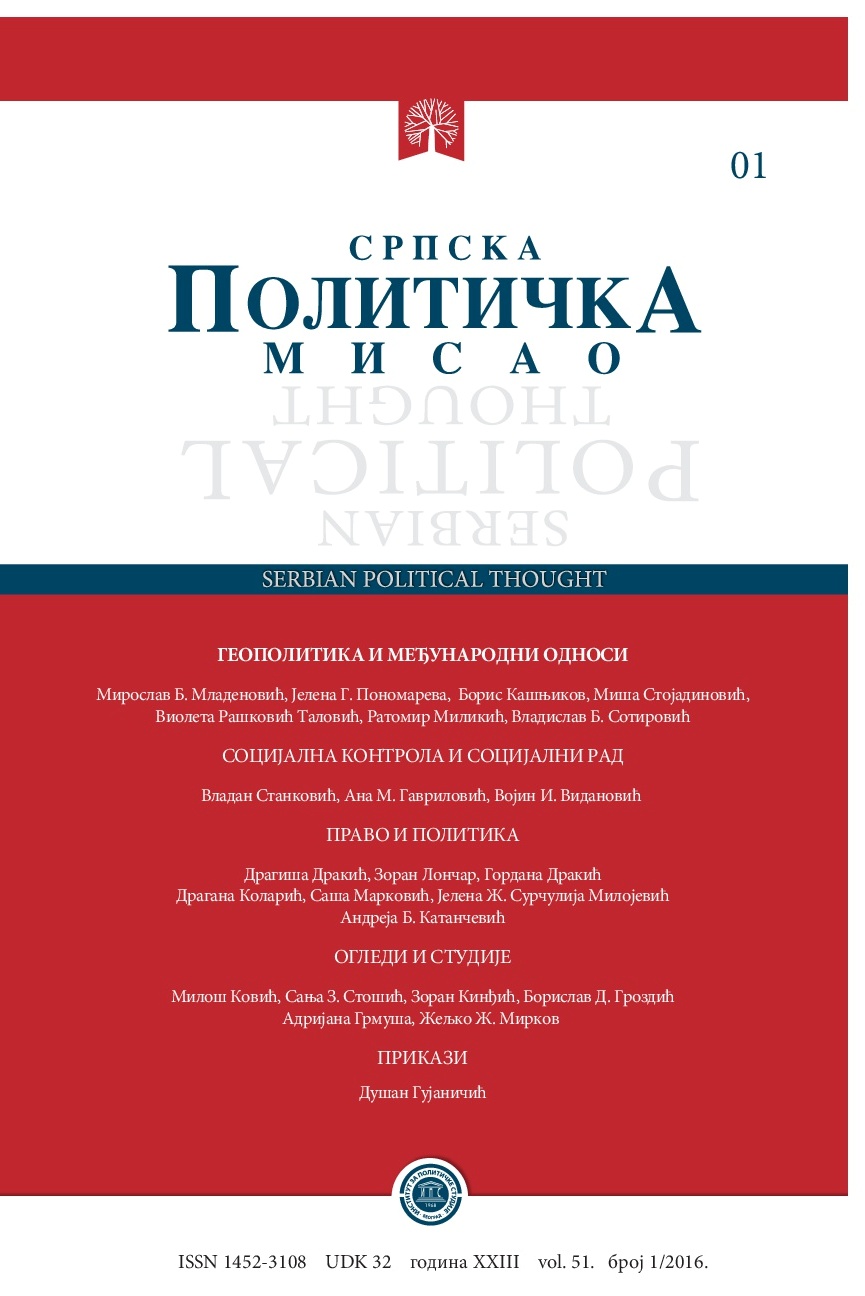Датирање Законика о рудницима деспота Стефана и садржина његовог ћириличног преписа
Dating of the Mining Law of Despot Stefan and Contents of Its Cyrillic Manuscript
Author(s): Andreja KatančevićSubject(s): History of Law, Recent History (1900 till today), 13th to 14th Centuries, 15th Century, 16th Century, 17th Century
Published by: Институт за политичке студије
Keywords: Serbian Mining Law; Despot Stefan Lazarević; Novo Brdo; Medieval mining law; Serbian Despotate;
Summary/Abstract: Despot Stefan Lazarević enacted the first Serbian law regulating mining. As the Despot Stefan’s Code itself states, it was passed on request of the city council of Novo Brdo, the most significant mining center of medieval Serbia. The Code was written by 24 experienced men and it was given to the Despot for confirmation. The Code contains subject matter similar to medieval European mining laws. The text of the Code is preserved in two manuscripts. The older (Cyrillic) is from the middle of XVI century. The younger one (Latin) is from 1638. The texts of the Code were found in the 1950s. The Cyrillic was published in 1962 and the Latin in 2005. The Cyrillic text is longer and contains two additional parts compared to the Latin text. The first of them is about the regulation of the market of Novo Brdo and the status of the Vojvoda (the military commander of the area of Novo Brdo). The last part is the ending of the charter with the date 29.1.1412. That part is written in different handwriting. Since the introduction of the Code (preserved in both manuscripts) mentions the enactment of the Code at the time of historical events from the year 1398, the question of dating of the Code is interesting. The author tries to discover the identity of the legal acts found in the Cyrillic manuscript of the Mining Code. Furthermore, to determine when and why they were promulgated, and what they referred to. The applied methods are linguistic, systemic and historical interpretation. Results indicate the existence of two legislative acts of despot Stefan Lazarevic. The first is the Mining Law, enacted at the end of 1398 or shortly after. It represents a codification of mining customs of Serbia, which was created on the request and for the needs of the town of Novo Brdo. The second was a reform of the Code of 29 January 1420, which in the first place regulated the position of the “vojvoda” of Novo Brdo, as well as court jurisdiction and other matters in connection with the market of Novo Brdo.
Journal: Српска политичка мисао
- Issue Year: 2016
- Issue No: 1
- Page Range: 221-237
- Page Count: 17
- Language: Serbian

